Eye health and clear vision are essential aspects of our overall well-being. Regular eye assessments are a crucial part of maintaining ocular health and addressing vision concerns. However, there can be confusion surrounding the terminology, with people often using “sight test” and “comprehensive eye exam” interchangeably. In this blog, we’ll clarify the distinctions between these two assessments and emphasize the importance of both.
Sight Tests: A Glimpse into Visual Clarity
A sight test, also known as a vision test or visual acuity test, is a straightforward evaluation of your visual clarity. This test typically assesses your ability to see objects clearly at various distances. During a sight test, you will likely encounter the familiar eye chart with rows of letters that progressively decrease in size.
Key Aspects of a Sight Test:
Visual Acuity: The primary purpose of a sight test is to measure your visual acuity. This means evaluating your ability to perceive fine details and distinguish objects clearly at a specific distance.
Refractive Errors: Sight tests aim to identify common refractive errors, such as myopia (nearsightedness), hyperopia (farsightedness), and astigmatism. Based on your responses, the optometrist or ophthalmologist can prescribe eyeglasses or contact lenses if needed.
Quick Assessment: Sight tests are relatively quick and may only take a few minutes. They’re often a routine part of the vision screening process.
Comprehensive Eye Exams: Beyond Vision Clarity
Comprehensive eye exams, on the other hand, are more extensive evaluations of your eye health and visual function. These exams encompass a broader range of assessments and screenings, providing a holistic view of your ocular well-being.
Key Aspects of a Comprehensive Eye Exam:
Visual Acuity: Like sight tests, comprehensive exams include visual acuity assessments to determine the sharpness of your vision.
Refraction: Your eye care professional will also perform a refraction to assess your prescription for corrective lenses.
Ocular Health Assessment: A critical component of comprehensive exams is the evaluation of your eye’s internal and external structures. This includes examinations of the cornea, lens, retina, optic nerve, and blood vessels. Any signs of eye diseases, such as glaucoma, cataracts, or macular degeneration, can be detected during this assessment.
Eye Pressure Measurement: Intraocular pressure (IOP) is measured to assess the risk of glaucoma. Elevated IOP can be an indicator of this sight-threatening condition.
Pupil Dilation: Depending on your age and risk factors, your eye care professional may dilate your pupils to get a better view of the retina and optic nerve.
Color Vision and Depth Perception: These aspects of vision are evaluated during comprehensive exams.
Visual Field Testing: This assesses your peripheral vision and can detect conditions like glaucoma or neurological issues.
The Crucial Distinction: Preventive Care and Ocular Health
While sight tests primarily focus on vision clarity and the need for corrective lenses, comprehensive eye exams offer a more comprehensive view of your ocular health. They serve as preventive care, detecting eye diseases and conditions early, often before symptoms manifest. This proactive approach allows for timely intervention and treatment, preserving your eye health and potentially preventing vision loss.
Frequency Matters: A Guide for Scheduling
Sight Tests: Sight tests should be conducted as needed, particularly if you notice changes in your vision or experience discomfort. They are also essential for obtaining a new prescription for eyeglasses or contact lenses.
Comprehensive Eye Exams: These exams should be part of your regular healthcare routine. As a general guideline:
Children: Should have their first comprehensive eye exam between 6 months and a year of age, followed by exams at ages 3 and 5. Afterward, annual or biennial exams are typically recommended.
Adults: Ages 18 to 60 should consider comprehensive eye exams every two years, while seniors aged 60 and older should aim for annual exams.
In Conclusion: A Holistic Approach to Eye Care
Both sight tests and comprehensive eye exams play vital roles in maintaining your eye health and vision. Sight tests focus on visual clarity and the need for corrective lenses, while comprehensive eye exams encompass a broader range of assessments, emphasizing ocular health and disease prevention. To ensure the well-being of your eyes, consult with an eye care professional who can recommend the appropriate assessment based on your needs and age. By taking a proactive approach to eye care, you can enjoy clear vision and safeguard your ocular health for years to come.



